These are the 10 ecologically sensitive landscapes and marine preserves Trump may be targeting
The
The plan, which the White House has been keeping secret since it was submitted by Interior Secretary Ryan Zinke late last month, would shrink the borders at half a dozen monuments and ocean preserves and open four others up for uses such as commercial fishing, logging and coal mining, according to a copy of the blueprint obtained by the Wall Street Journal and Washington Post.
Bears Ears
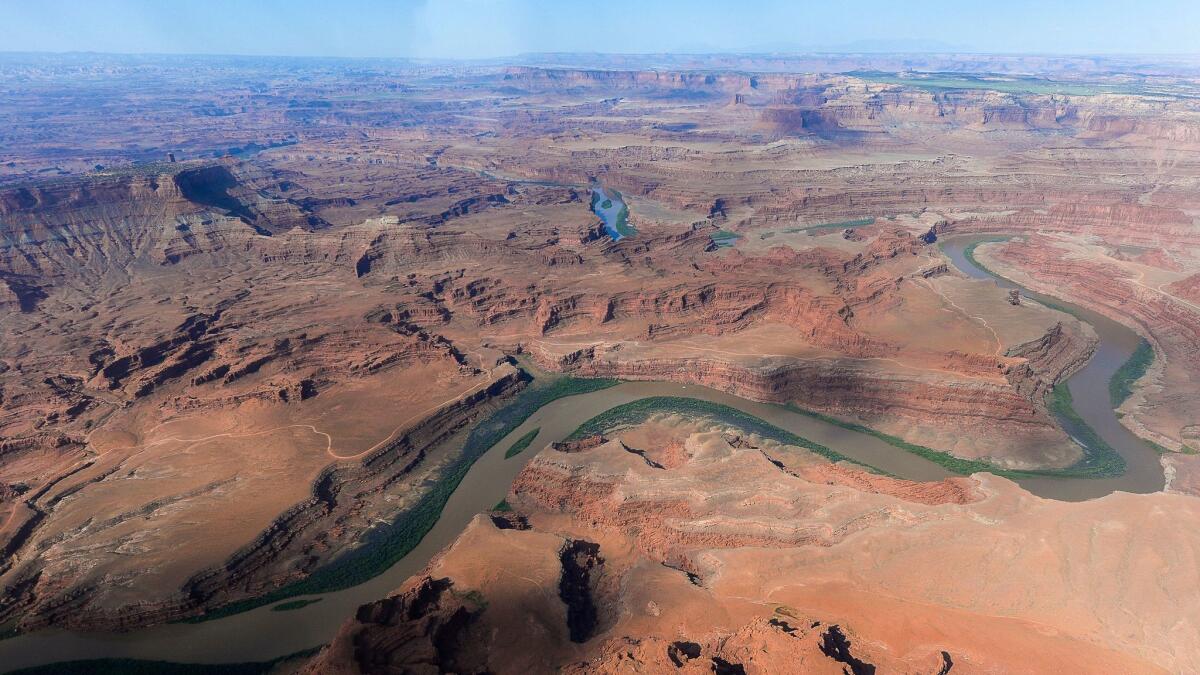
Established Dec. 28, 2016: The 1.3-million-acre Bears Ears National Monument in the remote desert canyonlands of southern Utah was designated by
Northeast Canyons and Seamounts
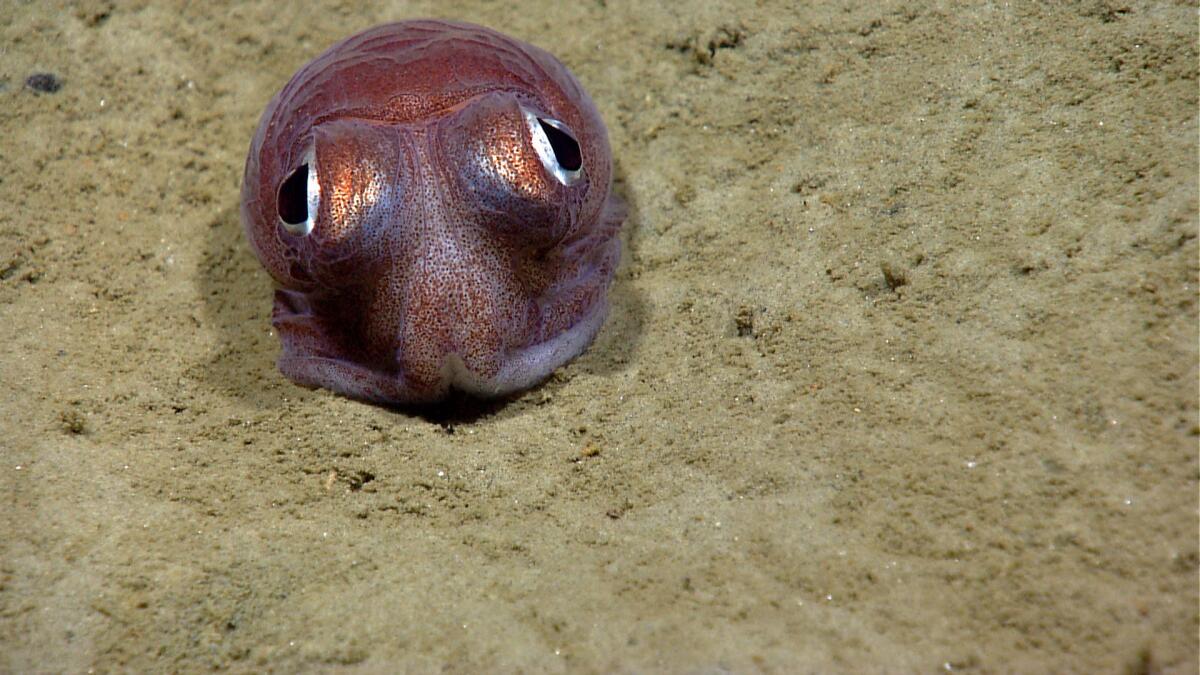
Established Sept. 15, 2016: Designated by President Obama, it is the first marine national monument in the Atlantic Ocean. The monument, encompassing 4,913 square miles off the coast of New England, protects ecological resources and species including deep-sea corals; sperm, fin, and sei whales; Kemp's ridley sea turtles; and deep-sea fish.
Organ Mountains-Desert Peaks
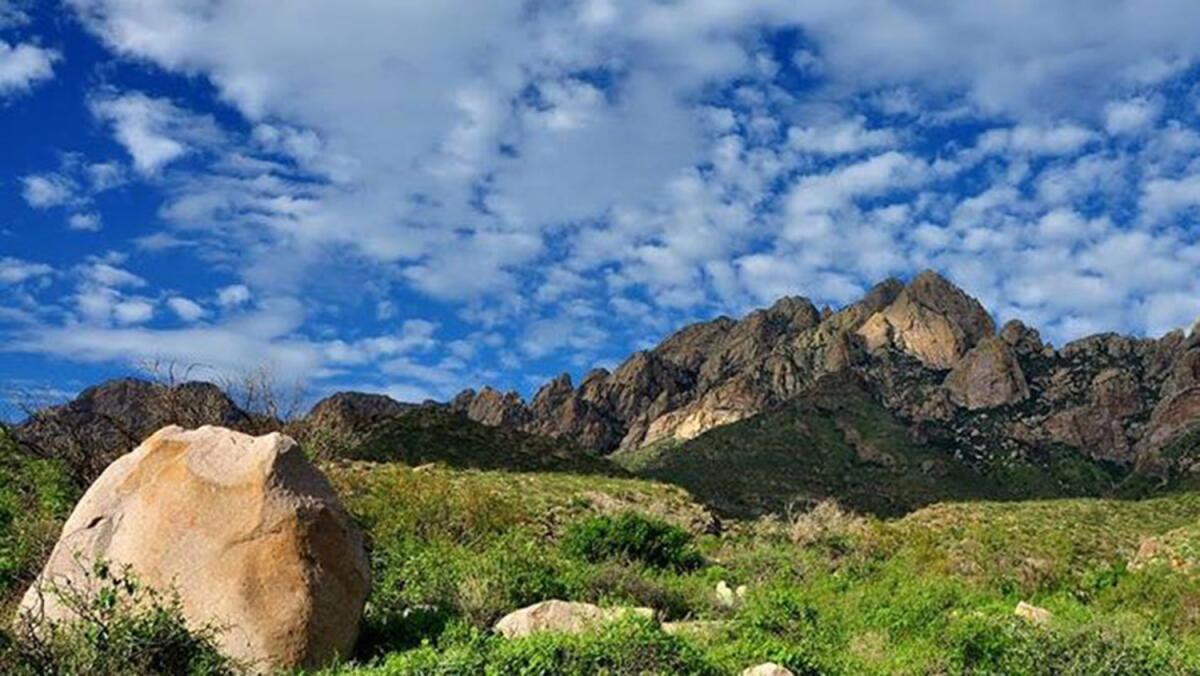
Established May 21, 2014: This is the land of famed Western legends like Billy the Kid and Geronimo. The Organ Mountains-Desert Peaks National Monument’s 496,000 acres surround Las Cruces, N.M., and include mountains and the southwestern Chihuahuan Desert. The area, which also features canyons lined in petroglyphs, was a training ground for World War II bomber pilots and crews and the Apollo space program.
Rio Grande del Norte
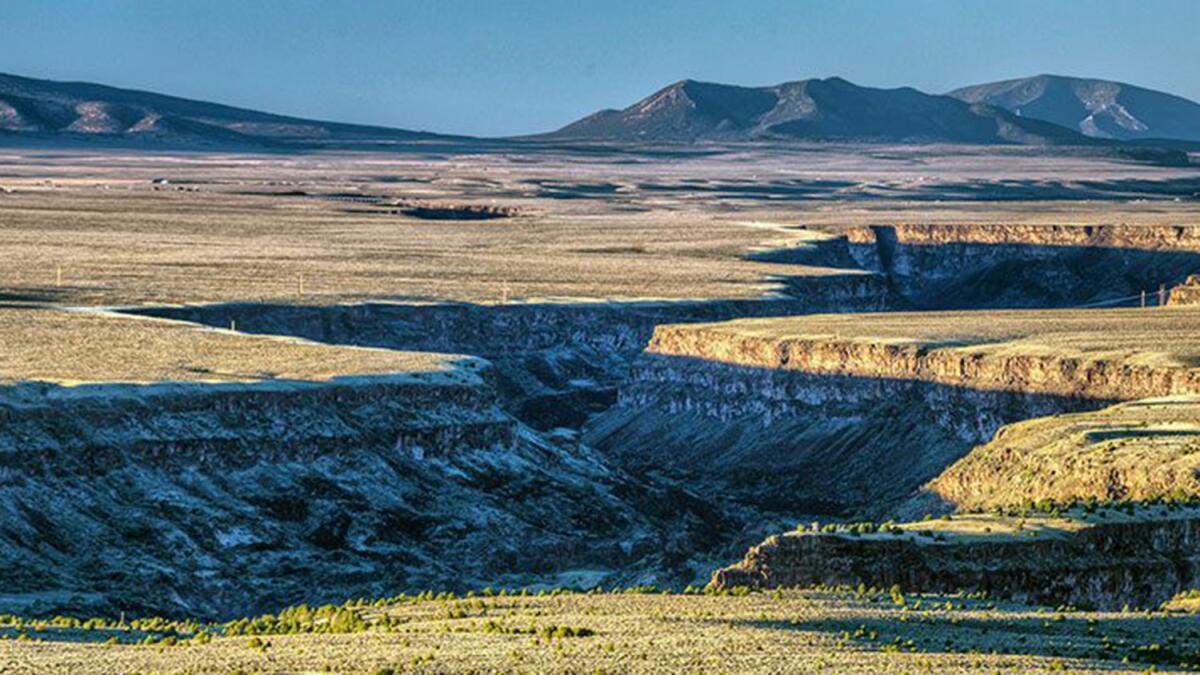
Established March 25, 2013: The rugged, wide-open plains of the 242,500-acre Rio Grande del Norte National Monument average an elevation of 7,000 feet. The Bureau of Land Management describes it as being “dotted by volcanic cones and cut by steep canyons with rivers tucked away in their depths.” Ute Mountain is the highest of the volcanic cones, reaching to more than 10,000 feet.
Pacific Remote Islands
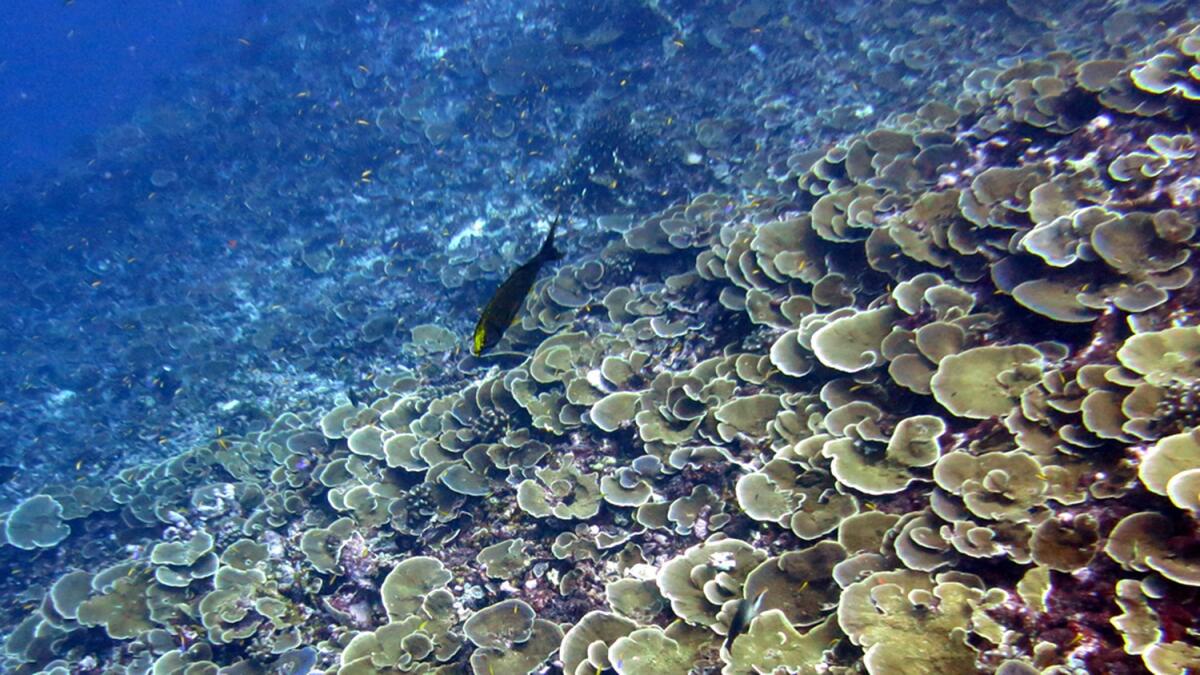
Established Jan. 6, 2009, and enlarged Sept. 25, 2014: The Pacific Remote Islands Marine National Monument includes Wake, Baker, Howland and Jarvis islands; Johnston and Palmyra atolls; and Kingman Reef, which lie to the south and west of Hawaii. At 490,000 square miles, it’s the largest marine protected area in the world.
Rose Atoll
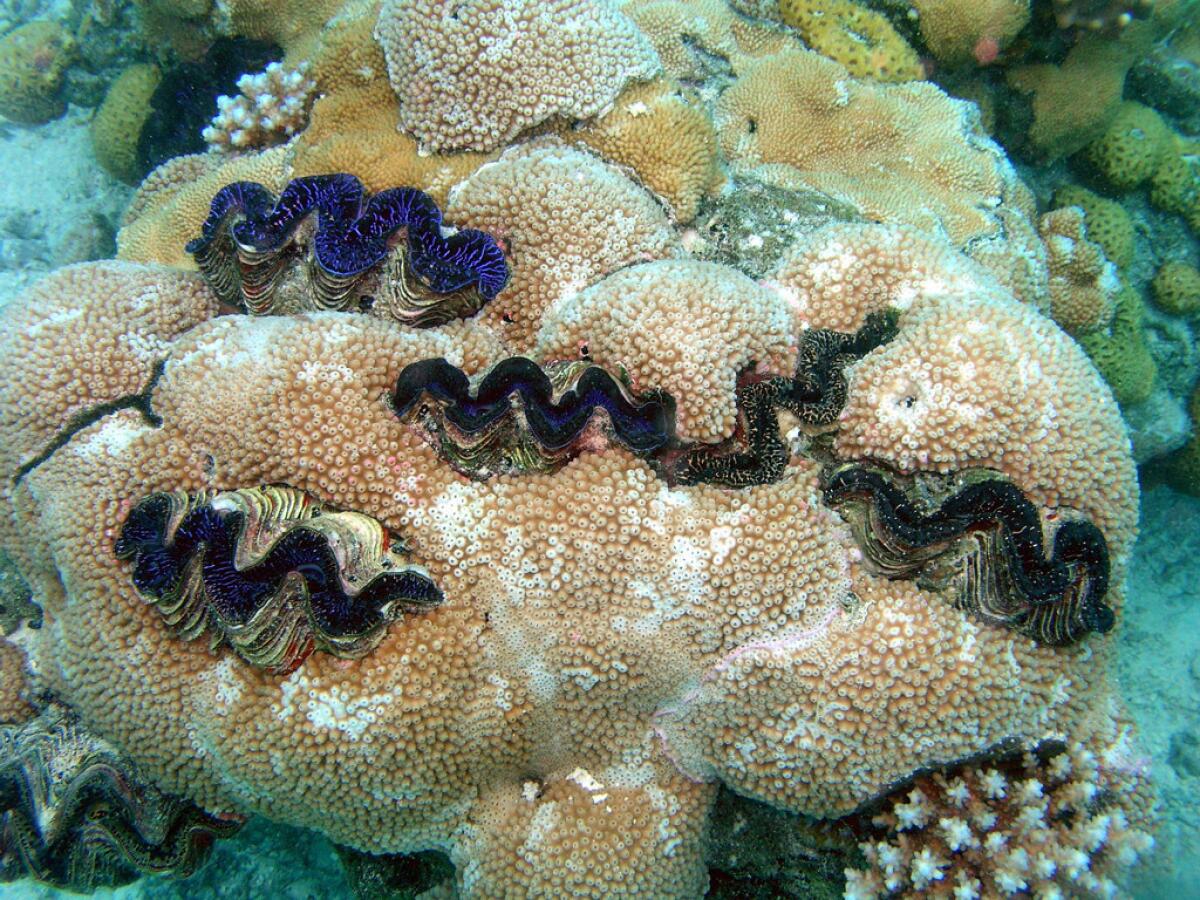
Established Jan. 6, 2009: This George W. Bush-designated marine national monument, encompassing nearly 13,400 square miles in the South Pacific Ocean, includes Rose Atoll, a small Samoan island and the southernmost point of the U.S. The monument also includes Rose Atoll National Wildlife Refuge, established in 1973, with about 20 acres of land and 1,600 acres of lagoon. The waters surrounding the atoll are home to rare giant clams and reef sharks, as well as an abundance of striking rose-colored corals. The island is a nesting site for rare species of petrels, shearwaters and terns.
Grand Staircase-Escalante
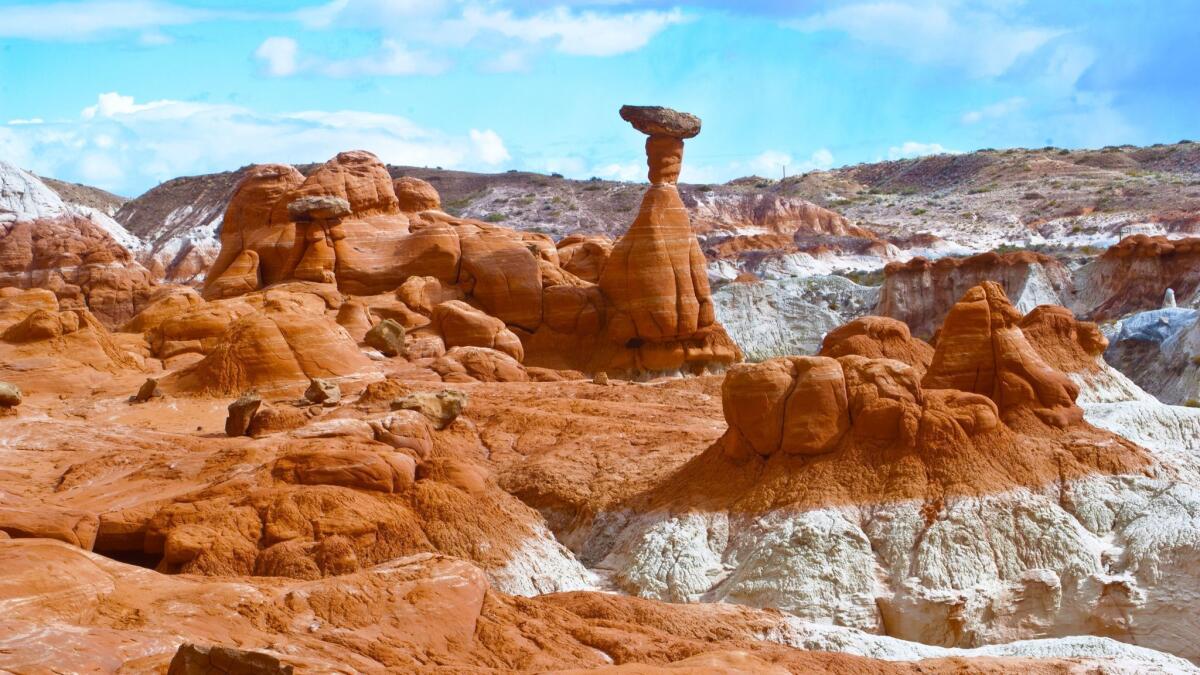
Established Sept. 18, 1996: The 1.8-million-acre Grand Staircase-Escalante National Monument in southern Utah is distinguished by colorful cliffs, labyrinthine canyons and high desert plateaus. When it was designated a national monument by President Clinton, a coalition of local counties sued.
Cascade-Siskiyou
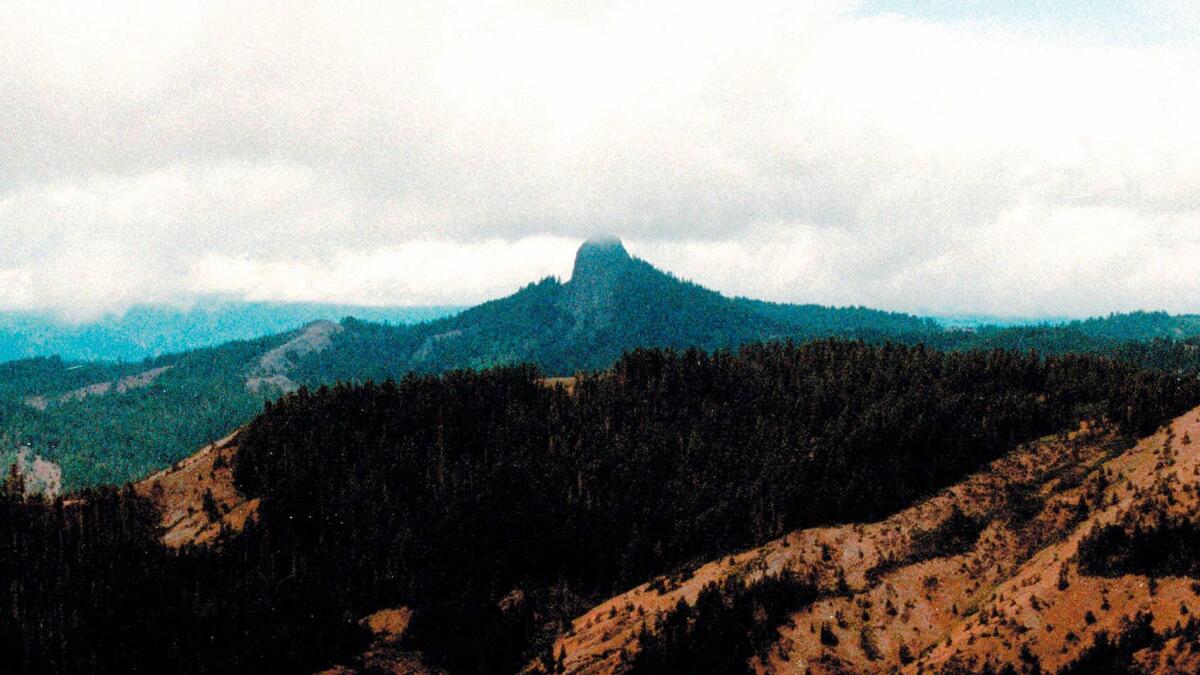
Gold Butte
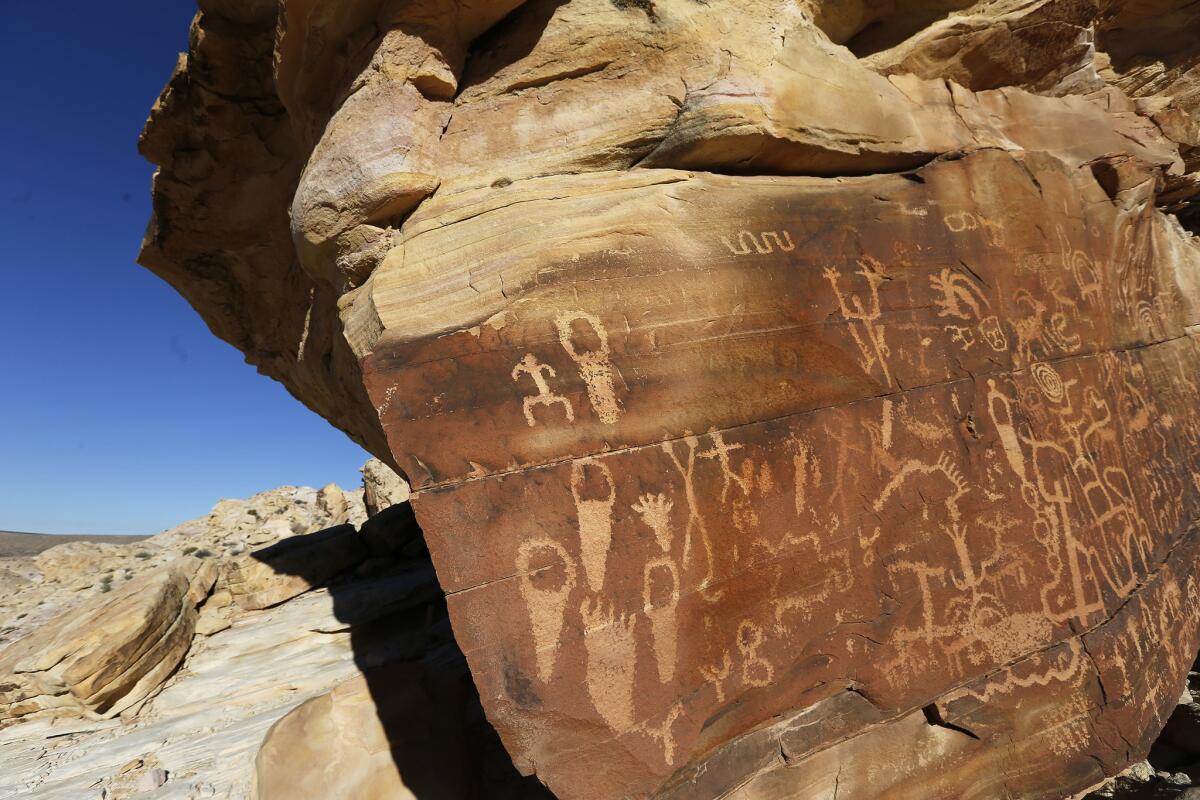
Katahdin Woods and Waters
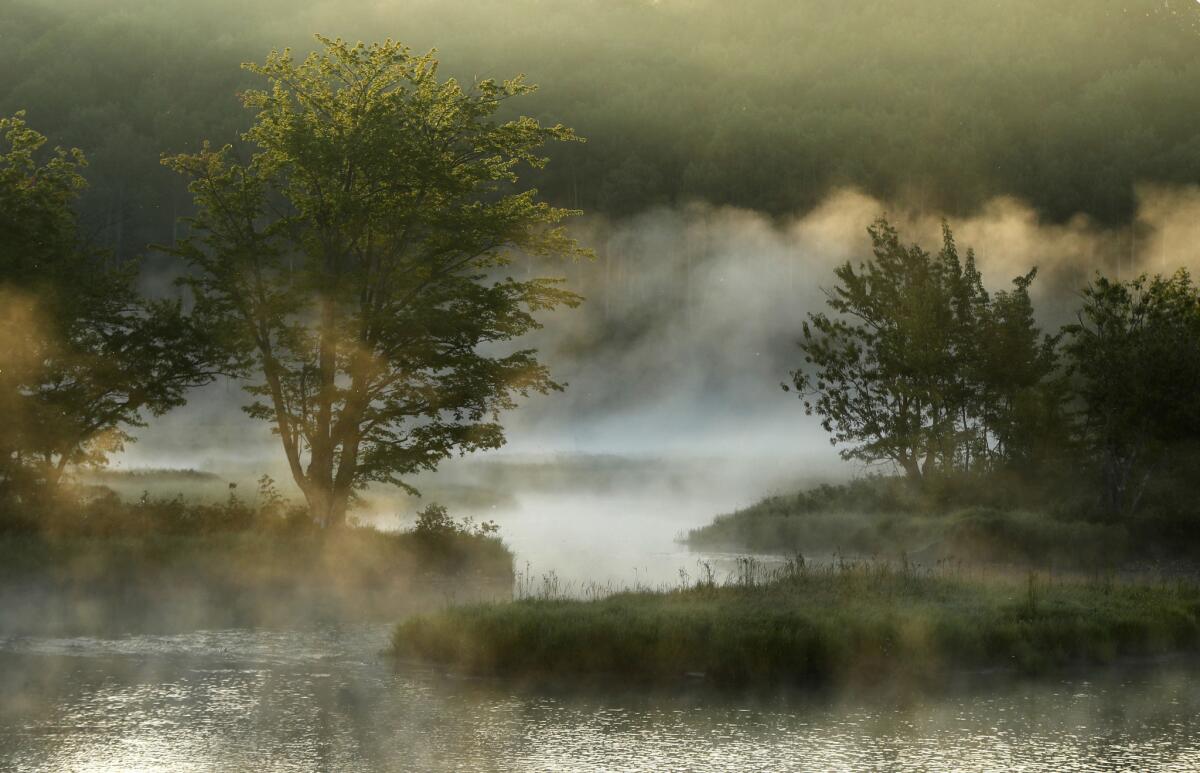
Get the L.A. Times Politics newsletter
Deeply reported insights into legislation, politics and policy from Sacramento, Washington and beyond. In your inbox three times per week.
You may occasionally receive promotional content from the Los Angeles Times.








